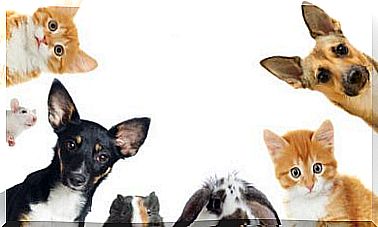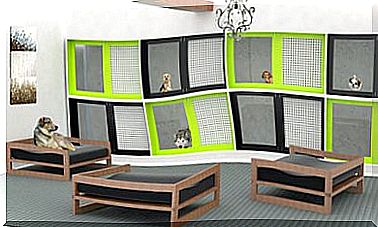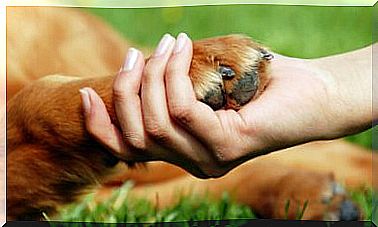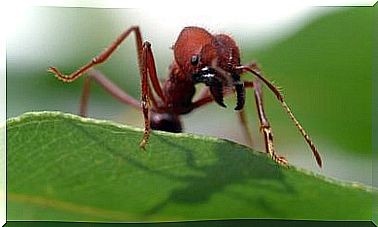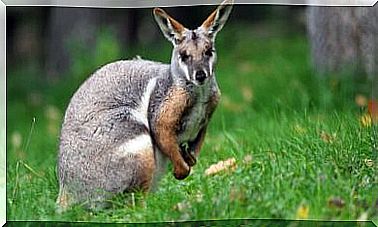Behavior Of The Spiny Anteater
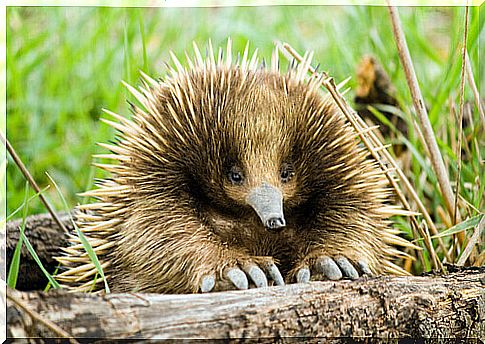
The spiny anteater, also known as the echidna, makes up five of the six species of monotreme mammals. These are primitive mammals that lay eggs like reptiles, but have hair and suckle their young.
This species of spiny anteater can be found in Australia, New Guinea, and Tasmania. The sixth monotreme species is the platypus, which does not resemble the echidna, except in the particularity of laying eggs.
Spiny anteater characteristics
Monotremes like the echidna lay eggs and have internal bone structure for the limbs that emerge from the sides of their body. In this sense, they quite resemble reptiles, as well as birds.
They have a single chamber, known as the cloaca, into which they empty the intestine, bladder, and reproductive organs. Likewise, monotremes have hair, produce milk, and are warm-blooded. Your ability to keep your body temperature constant is not always very successful. For this reason, they tend to hibernate for long periods during the winter.
A small organ located on the male’s hind legs gave the spiny anteater its name echidna, which means adder. This is because it is ‘connected’ to a poisonous gland. However, the fluid that emanates there is not really very poisonous.

The echidna is unlikely to use this poison as a weapon. These animals will usually try to escape by digging a hole when they are in danger. They have powerful claws that allow them to dig and ‘fly’ the ground to one side for quick cover.
Echidna morphology
The spiny anteater looks a lot like the porcupine and is often mistaken for this animal. This is because it has numerous yellow spines that cover its body with brown fur. However, the spines of the echidna do not have barbs that catch on the skin.
An adult echidna can grow to about 30 inches in length, although it can often be seen curled into an impenetrable ball and appear smaller. It has a thin, hairless snout, with a pair of nostrils at the end.
The small mouth is located on the underside of the muzzle and opens just enough for the long, sticky tongue to emerge. This can measure about 30 centimeters and, with it, it drags its food, which usually consists of ants, termites and other insects.
Echidnas have no teeth. Instead, they cut through the hard bodies of their prey by striking them against the roof of their mouth and grinding them with their prickly tongue.
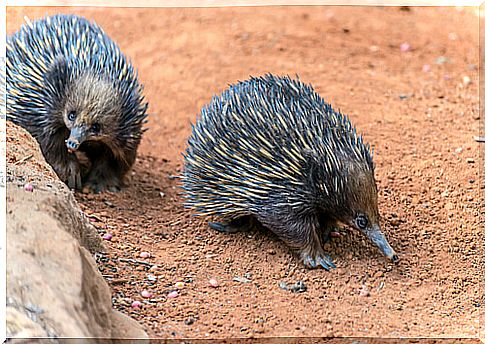
They have a pouch like marsupials, but, unlike marsupials, it only develops in the breeding season. The female lays a semi-hard shell egg which she places in the bag. In a short time that egg turns into a partially developed hatchling.
Spiny anteater behavior
Much about the echidna’s behavior is a mystery. They are very difficult to study, the researchers say, because of their solitary behavior. They are not easy to locate, they are very quiet and often travel long distances. Their wanderlust is one of the reasons they are not fit for living in captivity.
Echidnas do not have routines, and they can be active both day and night regardless of the weather. They lack permanent dens and prefer to sleep in any burrow or cave. They do not socialize and are not known to get into fights.
They tend to ignore other creatures of the same species, except when it comes time to mate. During the Australian winter, up to a dozen males line up, slowly and quietly crawling behind a pheromone-emitting female.
This parade can last up to a month, while some males leave and others join. Finally, the receptive female ends up clinging to a tree trunk with her forelimbs. Males dig a circular trench around the tree and compete for mating honors.
There is no aggression, as the males simply push each other, head to head. As each one moves away, he leaves. The winner lies on his side in the trench, partially under the female, and they mate slowly.




